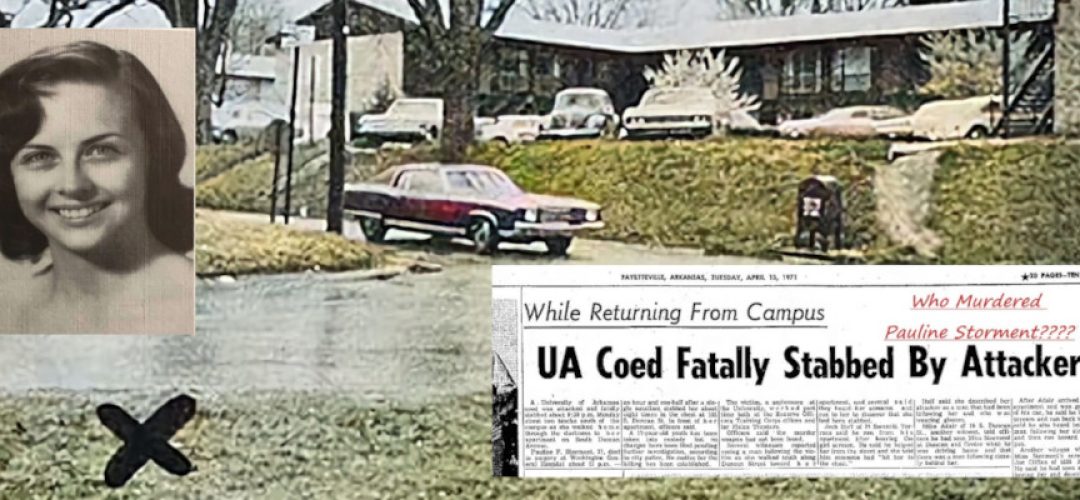 |
| In my digital copy it is very difficult to make out the text but the article basically states as follows: |
At the age of 27, Pauline Storment found herself immersed in an evening of musical enchantment, followed by a visit to the library. Little did she know that the night would take a terrifying turn. Her roommate recounted to the police that, in order for Pauline to have been stabbed around 9:30pm, she must have left the campus an hour earlier than her usual time. The question lingered: Why did she alter her routine? Was there a sinister compulsion imposed by a cat-calling, creepy individual?
Echoes of her screams reverberated for at least a block, prompting several individuals to rush to her aid. Amidst their concern, Pauline managed to convey key details: “He struck me in the chest,” “He wore glasses,” and “He fled towards the campus.”
Barely 40 minutes after the harrowing attack, law enforcement had 17-year-old Wallace Peter Kunkel, a high school dropout and the son of a physicist, in custody. Incriminatingly, blood stains adorned his jacket, shirt, and pants.
Kunkel’s residence was known as the Grey House, recognized by officers as a transient abode situated on the southwest corner of University and Dickson, nestled aside Evergreen Cemetery’s north side. Interestingly, a Kappa Sigma Fraternity now occupies the vicinity.
Contemporary lab tests indicated a shared blood type between Kunkel and Storment, although the limitations of DNA analysis at the time hindered further conclusions.
Initial reports hinted at the discovery of a butcher knife, but this was eventually discarded in favor of a 6-inch tapered blade reminiscent of a peeling knife. Ironically, this elusive weapon was only stumbled upon by a fisherman three years later, concealed within a box resting at the depths of the Illinois River outside Fayetteville. Unfortunately, due to the prolonged submersion, testing feasibility was compromised.
Wallace Peter Kunkel experienced four days of confinement in city jail before his arrest, followed by an additional five days prior to formal charges being filed. Curiously, his attorney systematically rejected any proposals for a polygraph examination. However, a mere 11 days before Kunkel’s release and on the cusp of his arraignment, a change of heart from the attorney led to a polygraph being administered—a test that Kunkel ultimately passed.
Former patrol officer Bob Jones recalled a peculiar occurrence: a man in his 30s and his wife visited the station, ostensibly to confess to Pauline Storment’s murder. Yet, their account proved incongruent with the facts as the knife they provided did not match the one sought by investigators. Their information seemed regurgitated from press reports, casting doubt on their credibility. Eventually, this unidentified man was institutionalized.
Pauline’s employment history revealed roles in St. Louis and Memphis, notably as a security professional focused on combating retail theft—a role in which she excelled. However, scouring the company’s prosecuted cases yielded no leads to aid the investigation.
Among the myriad rumors that circulated, one speculated that Pauline might have been an undercover government agent investigating drug and illicit trafficking. Another theory, which intriguingly aligns to some extent, suggested that the assailant could have been the offspring of a professor, potentially leading to a concerted effort to safeguard and subsequently relocate the individual out of Arkansas.
The enigma surrounding Pauline Storment’s tragic fate continues to evoke questions, inviting contemplation on the complex web of circumstances that defined her final moments.
